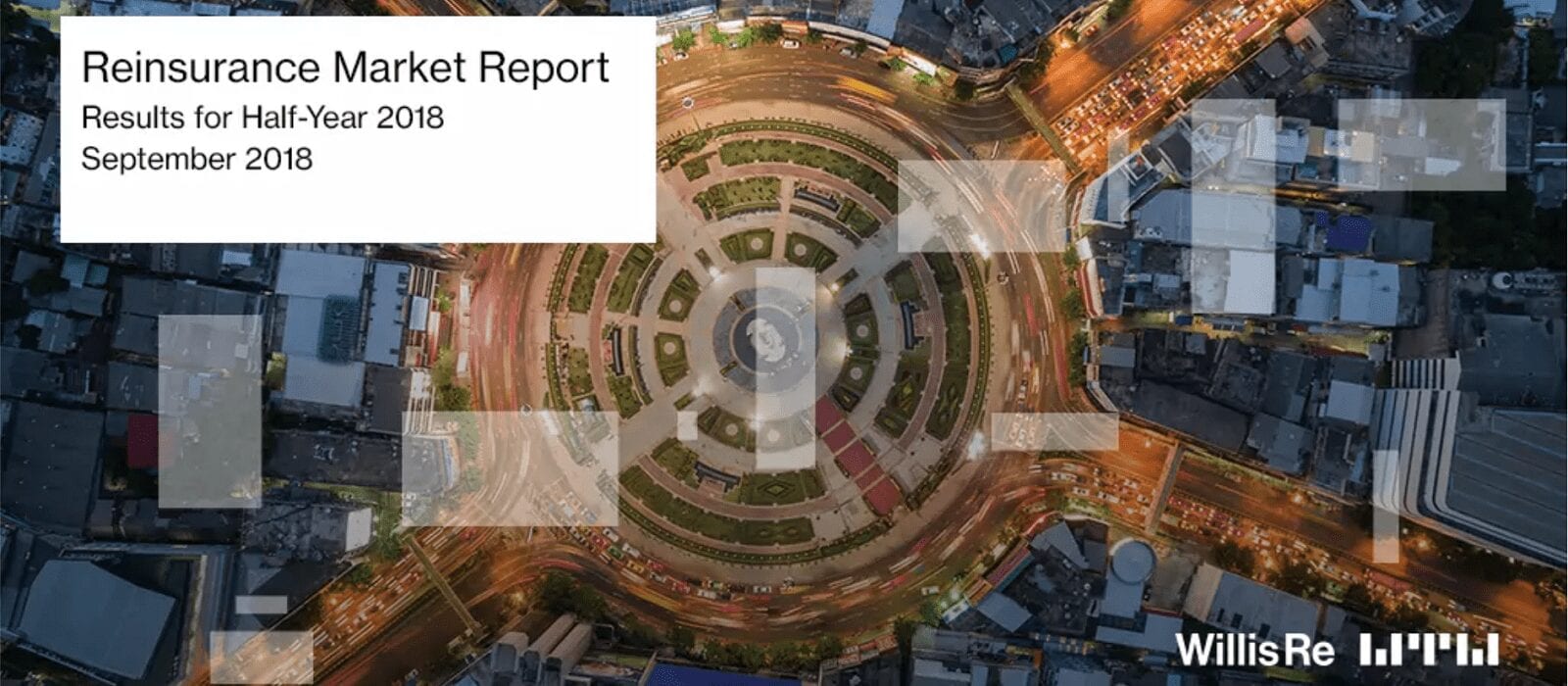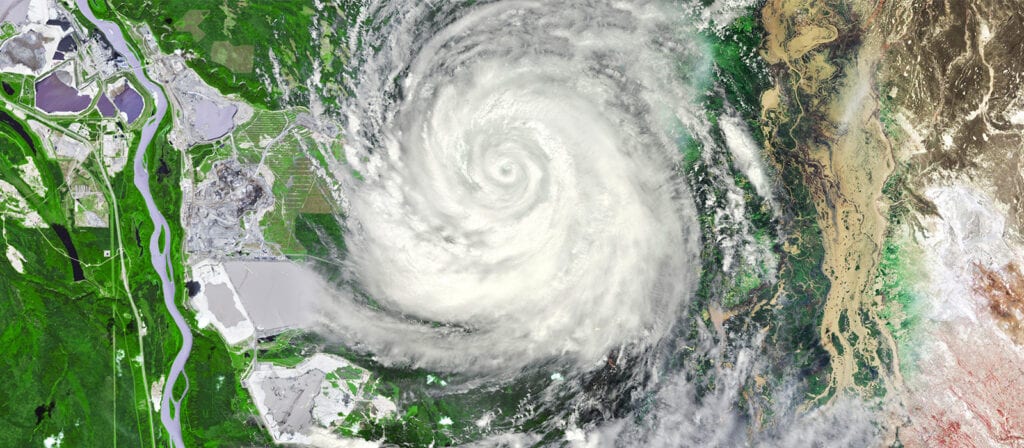According to the findings from the latest Reinsurance Market Report from ICMIF member Willis Re, shareholders’ equity in 34 reinsurance companies tracked in the Willis Reinsurance Index1 totalled USD 364.9 billion, a 1.6% decrease from USD 371 billion at year-end 2017. The decrease occurred despite an improvement in net income of nearly 75% to USD 14.5 billion, largely due to lower natural catastrophe losses which supported a reduced combined ratio of 94.3%, 0.7 percentage points lower than reported for the first half of 2017.
Despite higher net income, the report says, the aggregate shareholders’ equity of the Index reduced as reinsurers continued to return capital to investors through dividends and share buy-backs, which totalled USD 11.1 billion at H1, 2018. Shareholders’ equity was also reduced by unrealised investment depreciation of USD 8.3 billion which was due in part to rising interest rates. Alternative capital increased to USD 88 billion from USD 75 billion at H1, 2017.
According to the Willis Re report, the Subset2 reported an RoE of 8.5%, broadly unchanged from 8.4% at H1, 2017. Reserve releases continued to provide substantial support to the reported RoE for the Subset of 2.0 percentage points (H1, 2017: 1.9 percentage points). If normalised for a more typical catastrophe load (equivalent to a c. 4% impact on RoE) and excluding the benefit provided by reserve releases, underlying profitability for the Subset deteriorated further to 3.4% at H1, 2018, continuing the downward trend from 4.9% at H1, 2015 to 4.5% at H1, 2016 to 3.7% at H1, 2017.
As a new analysis in this report, Willis Re reviewed the approximate movements in 2017 Natural Catastrophe loss estimates from year-end 2017 to H1, 2018. The analysis showed that the majority of reinsurers reported reserve releases at H1, 2018 due to a lowering in their estimates for 2017 natural catastrophe losses compared to their figures reported at year-end 2017.
James Kent, Global CEO, Willis Re, said: “Hopes for a hard market after the natural catastrophe losses of 2017 were not satisfied, but property cat pricing did rise overall during the first half of the year. Reinsurers are correcting prices when necessary, and leveraging their continuously improving analytics and data. They are pricing more precisely, which is making the swings of the reinsurance pricing cycle shallower. This we believe to be the new normal.”
He continued: “Despite a small decline in conventional reinsurers’ capital, the increase in non-traditional investment in our market means that global reinsurance capital is slightly higher than at the same time last year. Many reinsurance investment funds have increased their 2018 assets under management, which limited price rises after the Harvey, Irma and Maria losses, particularly in Florida. Notably, we found that 11 reinsurers reported reserve releases at H1, 2018 after they lowered their 2017 catastrophe loss estimates, but six had to add to their reserves. Looking ahead, longer-term reserve releases must be reaching exhaustion, which may have a deleterious effect on future results.”
Download the full report: The Willis Re Reinsurance Market Report is a biannual publication providing in-depth analysis of the size and performance of the reinsurance market. Analysis is based on the Willis Reinsurance Index group of companies. The Index includes 34 companies from across the globe.
Endnotes
- The Index relates to those companies listed within the Appendix of the report.
- The Subset is defined as those companies that make the relevant disclosure in relation to cat losses and prior year reserve releases. All constituents of the Subset are publicly listed groups that comprise 47.8% of the aggregate capital Index.






